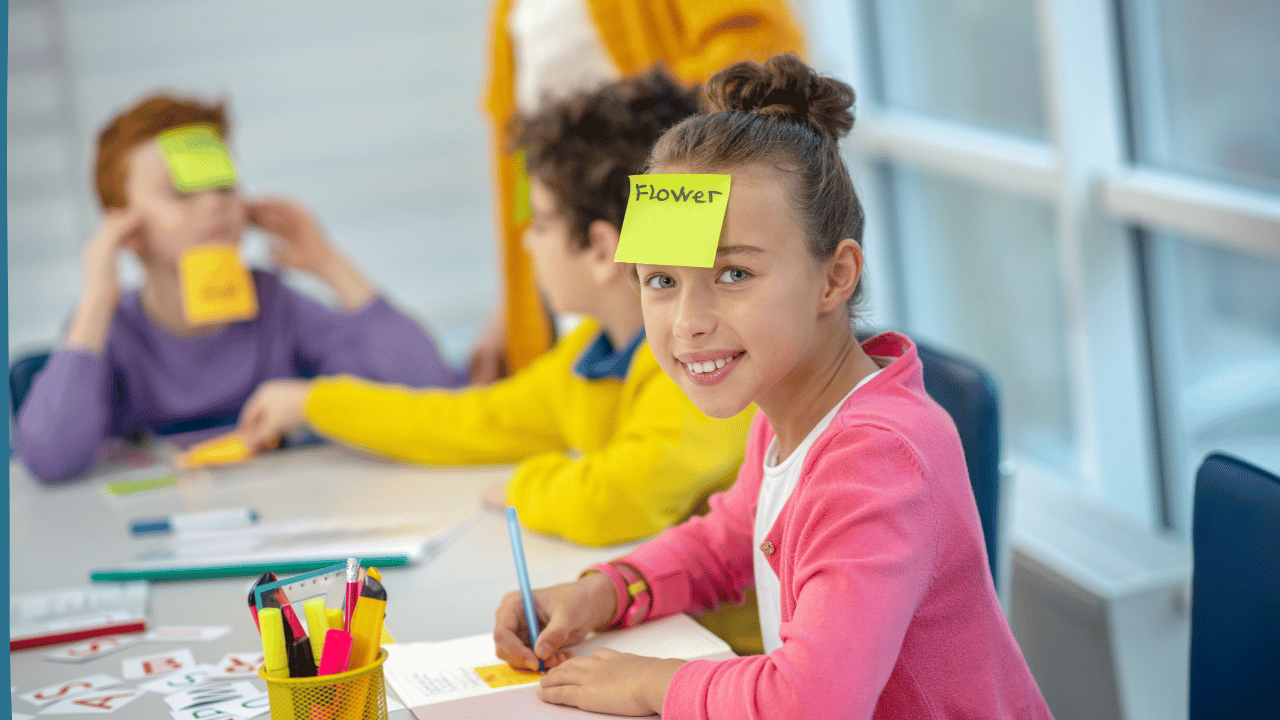Transform Vocabulary Learning with AI: Fun, Interactive Methods for Homeschoolers
Transform vocabulary learning into a fun, interactive experience with AI tools that engage and support your child’s growth!
AI for Vocabulary Building: Fun and Effective Methods
As homeschool parents, we know how important it is to build a strong vocabulary for our kids, but sometimes making vocabulary lessons engaging can be challenging. Traditional methods can feel repetitive and uninspiring.
Fortunately, AI tools for homeschooling, like Chat GPT (and the right prompts!), offer fun and effective ways to enhance your child’s vocabulary, making learning both enjoyable and productive.
Interactive Vocabulary Practice with AI Tools
One of the best ways AI can help with vocabulary building is through interactive practice. Traditional vocabulary lists can be dry, but AI tools for homeschooling can generate personalized and interactive activities that keep your child engaged. AI-driven resources can create word games, quizzes, and flashcards tailored to your child’s learning level and interests.
For example, tools like ChatGPT can generate vocabulary exercises based on a specific theme your child enjoys, whether it's animals, space, or sports. As your child answers, the AI can provide immediate feedback, reinforce correct answers, and gently correct mistakes. This personalized approach helps children connect words to their world, making it easier for them to remember and use new vocabulary.
Contextual Learning with AI-Powered Reading
Reading is one of the best ways to expand vocabulary, but many children struggle to learn new words from reading alone. AI tools can help by providing contextual learning experiences. AI can analyze the text your child is reading and highlight unfamiliar words, offering instant definitions, usage examples, and related words.
Imagine your child reading a passage, and as they come across a challenging word, the AI provides a popup with a simple definition and a sentence that shows how the word is used. This makes vocabulary learning natural and part of the reading process, rather than a separate, tedious task. AI-driven tools like this ensure your child grasps new vocabulary in context, reinforcing retention and understanding.
AI-Generated Personalized Word Lists
Every child has their own learning pace and interests, and AI tools can cater to these differences by generating personalized word lists. These lists can be based on your child’s current reading material, academic level, or even their hobbies.
For example, if your child is fascinated by dinosaurs, AI tools can generate a list of related words, like “paleontology,” “fossil,” or “Jurassic,” and include definitions, usage examples, and quizzes. By focusing on topics that excite your child, AI makes learning vocabulary more relevant and enjoyable. This personalized approach also ensures that the words your child is learning are meaningful and practical for their world.
Game-Based Learning for Vocabulary
Learning doesn’t always have to be serious, AI can turn vocabulary building into a game. Game-based learning makes it fun for children to practice their vocabulary without feeling like it’s “work.” AI-driven platforms can create vocabulary games where your child matches words to definitions, completes crossword puzzles, or plays timed challenges to reinforce learning.
For instance, AI-powered educational apps can create word matching games where your child must match new words with their meanings or synonyms. The AI can track their progress, provide hints when needed, and even offer rewards for completing levels. This gamified approach keeps vocabulary building fresh, exciting, and engaging for children of all ages.
Conclusion
AI tools for homeschooling offer innovative and fun ways to build your child’s vocabulary. From interactive games and contextual learning to personalized word lists and game-based lessons, AI can make vocabulary building more enjoyable and effective.
Ready to get started using AI tools like Chat GPT in your homeschool?
